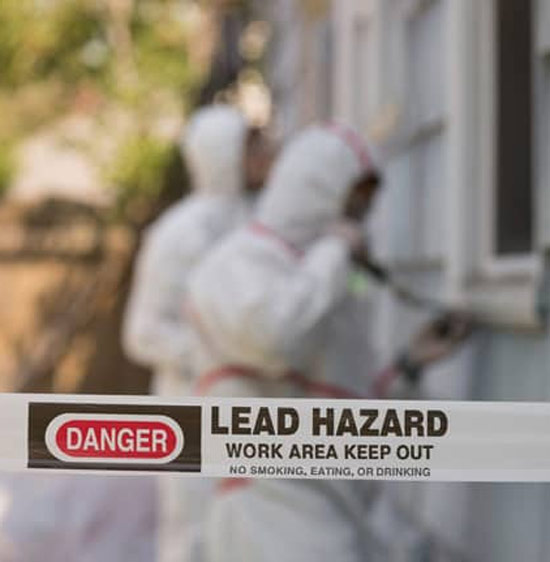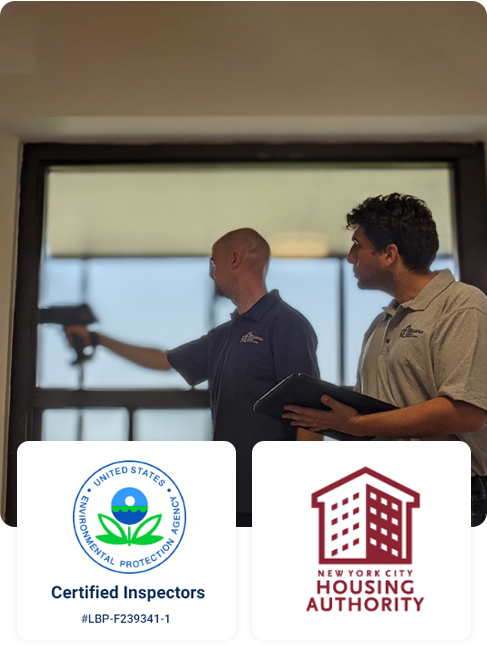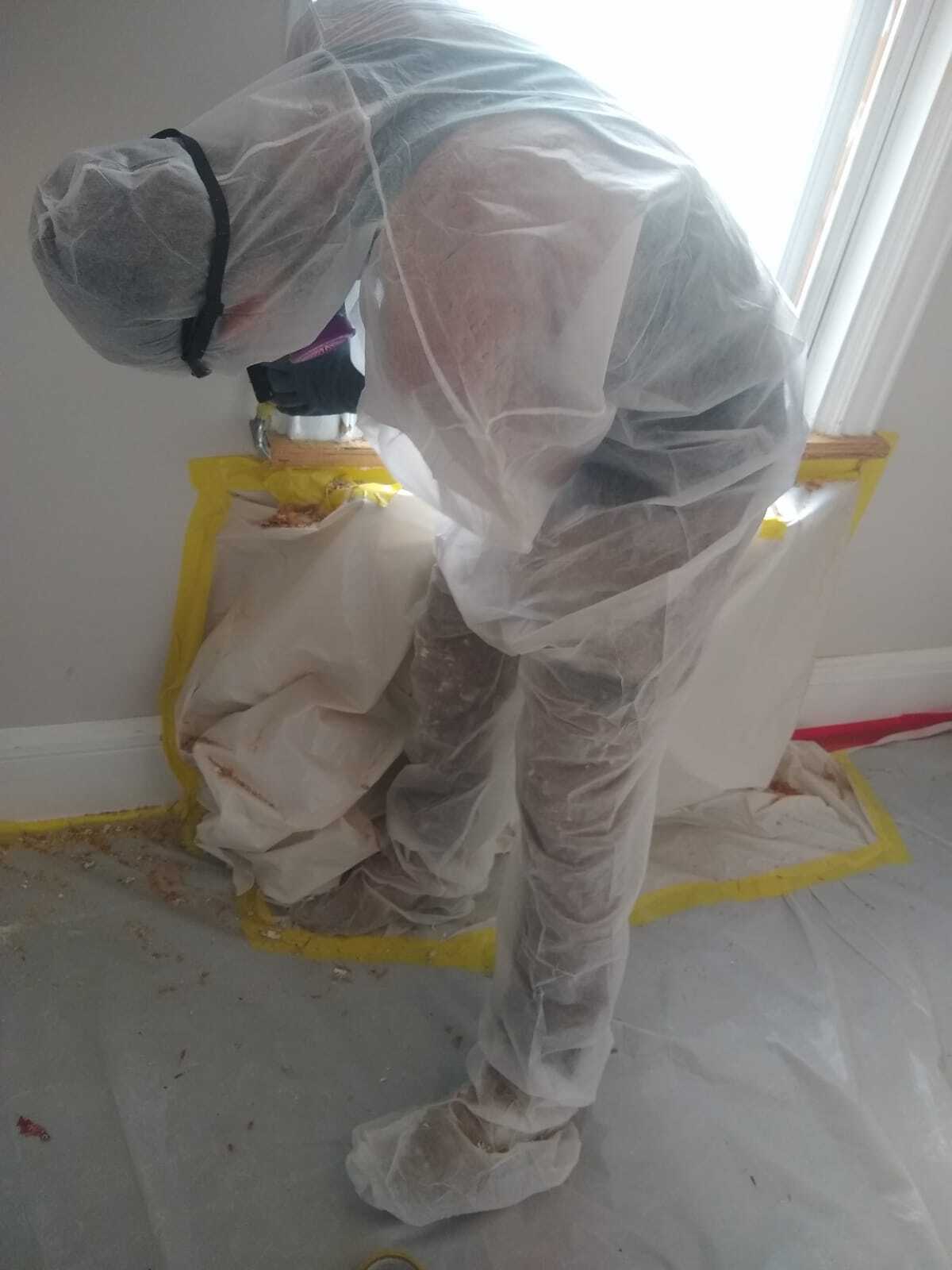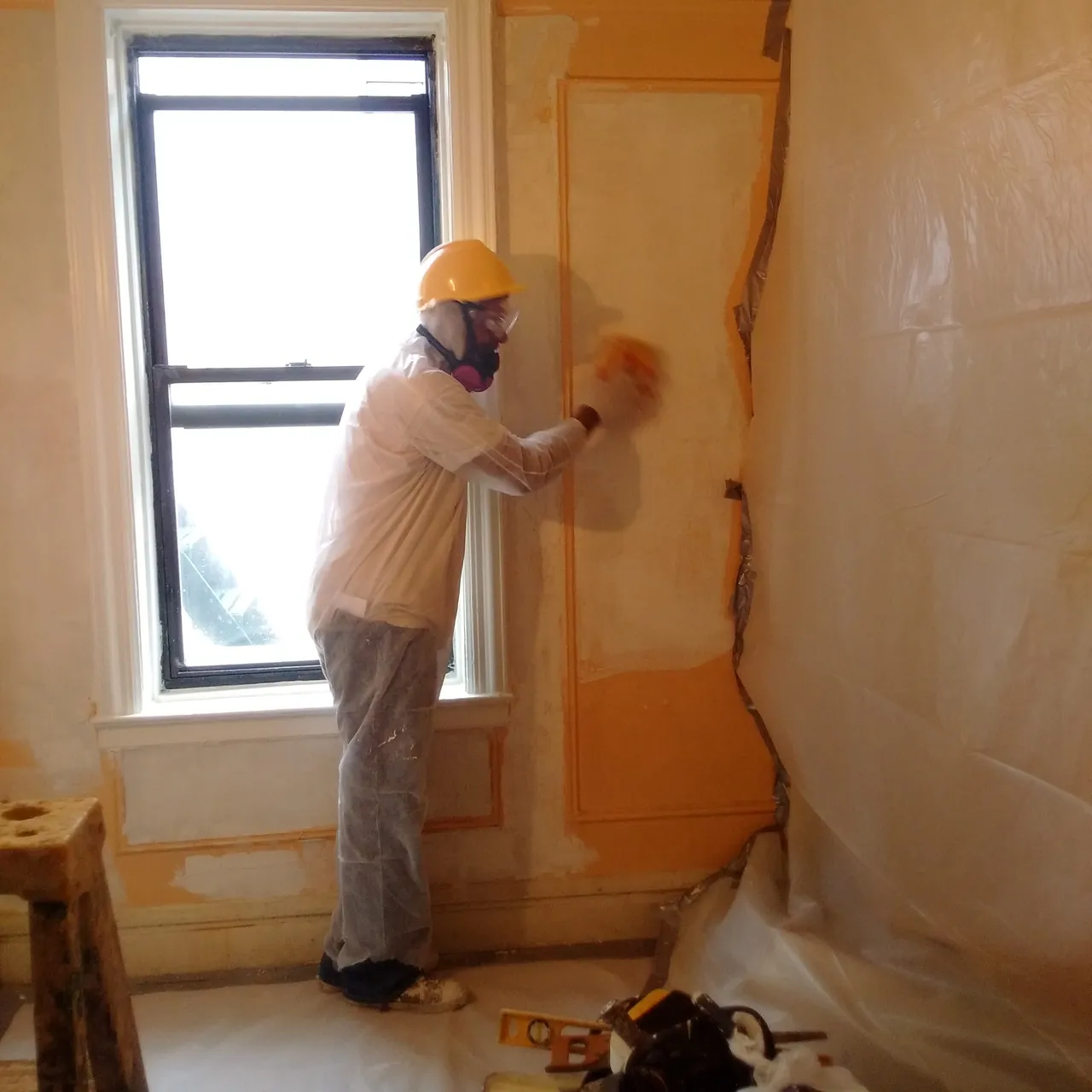Finest Practices for Making Certain Safe and Thorough Lead Violation Reduction
Addressing lead violation reduction needs a multi-faceted approach to make certain both safety and security and conformity. It's the final clearance procedure, including thorough assessments and research laboratory testing, that genuinely validates a lead-free setting, ensuring lasting security. Just how do these techniques adjoin to assure thorough lead abatement?

Initial Assessment
Conducting a first assessment is a crucial very first step in lead offense abatement. This stage incorporates a detailed evaluation of the property to identify the visibility, degree, and specific locations of lead-based threats. Certified professionals, such as qualified lead examiners or risk assessors, ought to carry out a comprehensive website examination, making use of devices like X-ray fluorescence (XRF) analyzers to accurately identify and gauge lead focus in paint, dust, soil, and water.
The analysis needs to additionally include a review of the structure's history, previous records, and any type of grievances or health and wellness concerns reported by occupants - Lead Removal Contractors. Documenting the searchings for meticulously is crucial, as these records create the basis for developing an efficient reduction technique. An extensive analysis also involves sampling and lab analysis, which are important to validate the existence of lead and guide subsequent actions
Furthermore, it is important to interact the results transparently to all stakeholders, including building proprietors, tenants, and regulatory authorities. By guaranteeing that the preliminary analysis is performed with precision and roughness, specialists can lay a solid foundation for a targeted and effective lead abatement process, eventually guarding public health and wellness and ensuring compliance with regulatory requirements.
Appropriate Control
Correct control is critical to avoid the spread of lead impurities throughout abatement tasks. Efficiently taking care of containment decreases the risk of lead dirt and particles migrating to non-work locations, thereby securing both the setting and people outside the instant job area.

Routine examinations of the containment area are essential to look for violations or weaknesses in the obstacle. Any determined issues must be without delay resolved to preserve the integrity of the control. By adhering to these practices, abatement tasks can efficiently regulate lead contamination and mitigate associated health risks.
Worker Protection
Guaranteeing worker protection is extremely important during lead reduction projects to stop job-related exposure to unsafe lead particles. Essential procedures include the use of individual protective tools (PPE) such as respirators, gloves, and full-body matches especially created to obstruct lead dust and fumes. Employees need to go through extensive training on the correct usage and maintenance of PPE, including fit screening for respirators to make sure optimum effectiveness.
Design controls, such as local exhaust ventilation systems, are crucial in reducing airborne lead focus in the workplace. Management controls should additionally be executed, consisting of limiting the duration of direct exposure and turning employees to lower individual exposure times. Routine clinical security and biological surveillance are important for very early discovery of lead absorption, allowing timely intervention and treatment.
In addition, establishing a decontamination method is important. Workers need to follow strict purification procedures before breaks and at the end of their change to avoid lead dust from being lugged outside the workplace. This includes complete hand and face cleaning with lead-specific cleansing agents and altering out of polluted clothing.
Meticulous Cleaning
Maintaining a secure workplace prolongs beyond employee defense and incorporates precise clean-up to ensure lead particles are completely gotten rid of from the website. The process of thorough cleanup is important in avoiding the recontamination of the abated area and securing both existing and future occupants.
To accomplish a thorough cleaning, all workspace have to be methodically sanitized. This involves using specialized HEPA (High-Efficiency Particulate Air) vacuum cleaner cleaners and wet-wiping methods to record and eliminate fine lead dirt that may have decided on surface areas. It is critical to clean all horizontal surfaces, including floorings, home window sills, and counter tops, in addition to upright surfaces that may have trapped lead fragments.
Employees need to use suitable individual safety tools (PPE) during clean-up to visit the website prevent direct exposure to residual lead dirt. Made use of cleaning products such as wipes, sponges, and wipe heads should be taken care of based on contaminated materials disposal regulations.

Last Clearance
Final clearance is the critical concluding phase of lead reduction that figures out whether the website is safe for reoccupation. This vital action involves comprehensive evaluation and testing to validate that all lead dangers have actually been successfully removed.

Final clearance screening not only safeguards future owners however also ensures conformity with neighborhood, state, and government policies. It offers as a documented recognition of the abatement service provider's adherence to industry finest practices. Making sure a comprehensive and effective last clearance is important in protecting public this content wellness and promoting count on the abatement procedure.
Verdict
Making sure safe and complete lead offense reduction necessitates a diverse method including preliminary evaluations with sophisticated discovery approaches, effective control techniques, strict worker defense methods, and precise clean-up procedures. The last clearance stage, featuring thorough inspections and lab screening, is crucial to confirm compliance with EPA standards. Adherence to these finest practices assures a safe environment for occupants, reduces health risks, and maintains regulative needs, consequently promoting public health and safety and security in lead-affected locations.